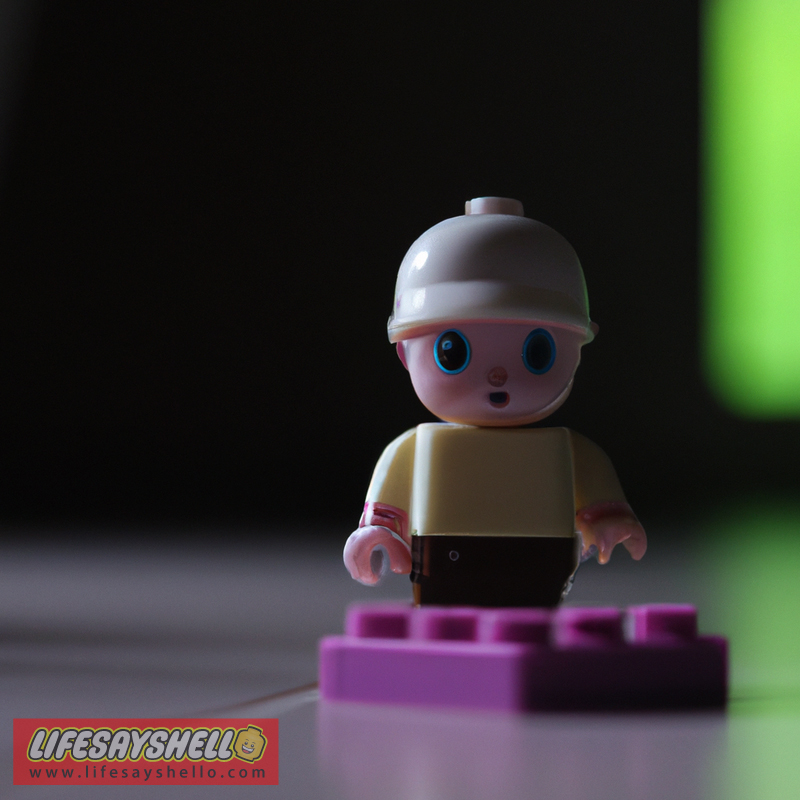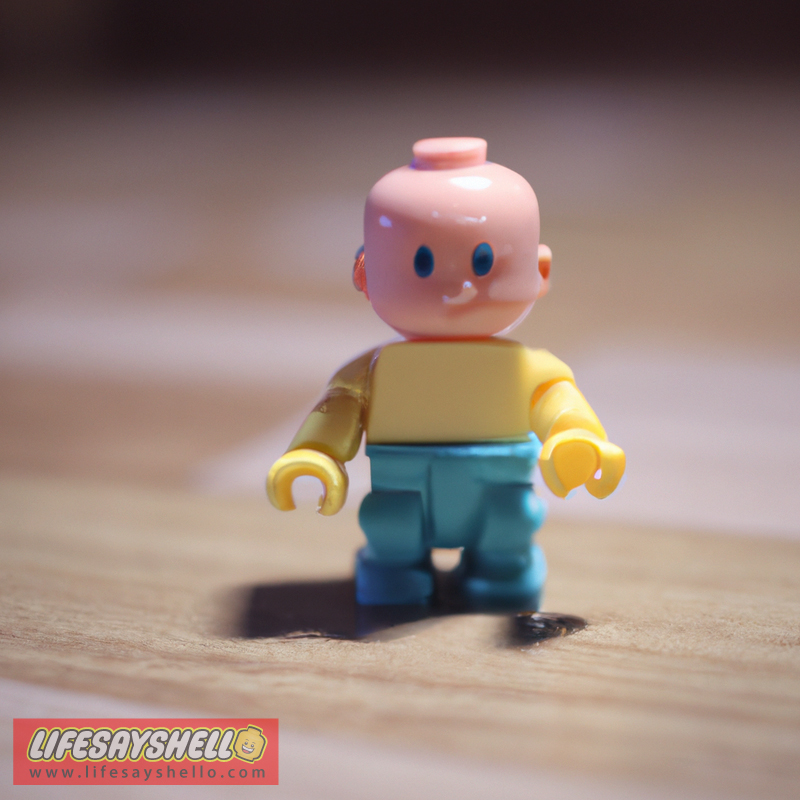The Ultimate Guide to Encouraging Your Baby's First Steps

Watching your little one take their first steps is one of the most magical moments of parenthood. After months of crawling, cruising, and pulling up, those first tentative steps are a huge milestone.
As exciting as it is, many parents also feel anxious about when and how to encourage walking. Should you hold their hands? Do “assisted” walking? What if they fall?
This complete guide will give you tips, activities, and techniques to help your baby gain confidence and take those momentous first steps.
Signs Your Baby is Ready to Walk
How do you know when your baby is ready to walk? Here are some common signs to look for:
Pulling up to stand: This is usually the first indicator. Your baby will use furniture, your hands, or other objects to pull themselves up to a standing position.
Increased curiosity/adventurousness: Babies ready to walk become more curious and eager to explore. They may crawl around more eagerly or try climbing over things.
Cruising: Once your baby can stand while holding on, they’ll start “cruising” - taking small steps sideways while gripping furniture.
Bouncing: Babies may bounce up and down or on their legs while sitting. This builds leg strength.
Standing: The ultimate sign is standing independently, even if just for a moment before plopping back down.
If your baby isn’t showing these signs by 10 months or walking by 15 months, talk to your pediatrician. But remember, each baby has their own schedule.
Tips for Encouraging Those First Steps
When you notice the signs it’s time, use these tips to encourage your baby’s walking:
Praise Any Achievement
Cheer for any progress, from standing briefly to taking a few shaky steps holding your hands. This motivates them to keep practicing. Say things like “Good job standing!” and “You did it!”
Comfort Falls
Falls and stumbles are part of the process. Comfort your baby quickly after a fall to encourage them to get back up. Say things like “Oops, you fell. You’re okay.”
Provide Challenges
Once your baby masters walking on flat surfaces, challenge their balance and coordination with varied terrain - carpet to wood floors, grass, or ramps. You can also encourage them to walk further distances.
Extend Your Hands
Stand a few feet away and extend your hands, inviting them to walk to you for a hug. You can also back up slowly and have them follow you across a room.
Cruise Furniture
“Cruising” along sturdy furniture is great practice. Stand your baby next to a sofa or bench and let them hold on with one hand. Slowly move sideways, and they’ll start stepping with their feet.
Keep Their Hands Full
Give your baby a small toy or object to hold in each hand, like shakers or plastic eggs. Having their hands occupied encourages them to walk without gripping furniture.
Set Up a Toy Hunt
Send your baby on an exciting mission by scattering toys around the room and saying “Go find your bear!” This motivates them to walk from toy to toy.
Use a Push Toy
Push toys like plastic lawn mowers or shopping carts give support while keeping hands free. Your baby holds on while taking steps and pushing. Great for building confidence!
Common Mistakes to Avoid
Eager to see those first steps, it’s easy for parents to inadvertently delay progress. Here are some common missteps to avoid:
Taking Your Baby’s Hands
It’s tempting to “help” your baby walk by holding their hands, but this can hinder balance development. They learn best by walking independently.
Walking For Your Baby
Let your baby set the pace and lead the way - don’t walk them around by lifting their legs. This teaches dependence rather than autonomy.
Not Providing Enough Exploration Time
Give your baby plenty of supervised floor time to roam free of carriers and strollers. This allows practice.
Rushing Your Baby
Hitting milestones on a friend’s baby’s schedule won’t work. Have patience and let your baby learn at their own pace.
Forgetting to Praise
Motivate your baby by celebrating each small success. Lavish praise builds confidence to keep trying.
Neglecting Safety
Baby-proof thoroughly as mobility increases. Keep floors clear of clutter and install cabinet locks and gates. Never leave them unattended.

More Creative Ways to Encourage those Steps
If your traditional techniques aren’t working, get creative with these methods:
Keep Their Hands Full
As mentioned before, keeping your baby’s hands occupied with toys encourages independent walking. Unique ideas include a noisemaking egg shaker, photos of family members, or a snack puff.
Set Up a Toy Hunt
Make it more challenging by hiding toys under cushions or blankets. Your baby will learn to lift, search, and replace objects while exploring.
Try a Push Toy
A push toy provides great support while keeping hands free. Look for ones with features like flashing lights, buttons with sounds, or plastic gears that spin as they move. These will capture your baby’s attention.
Do Assisted Walking
Facing your baby, hold their hands up in a standing position and slowly “walk” their legs, one foot after the other. Don’t support their weight - let them move their feet themselves. This helps them understand the stepping motions.
Make Challenges
Once flat surfaces are mastered, try new terrain - scattered pillows to step over, a mini hill of cushions to climb, or textured mats with squishy and bumpy surfaces. Just make sure the environment is safe.
Cheer Them On
You’ll likely do this already, but energetically clap and cheer “Good job!” when they take steps without support. Your excitement will motivate them to repeat the feat.
Practice Together
Sit facing your baby and hold their hands gently as they gain balance in a standing position. Slowly walk your baby toward you, keeping your knees bent so they don’t have to bend down. The close support builds confidence in their abilities.
Encourage Development Through Play
Playing games that encourage movement and balance helps motivate your baby to walk. Try these fun ideas:
Hold hands facing each other and take steps back and forth, singing “Ring Around the Rosie.”
Place pillows across the room like “lily pads” and say “leap” or “jump” as your baby walks between them.
Blow bubbles close by and say “Come pop the bubbles!”
Play chase - take a few slow steps back while your baby follows you, then reverse roles.
Have them walk to retrieve items from a bin or basket placed a short distance away.
The most important tip is to follow your baby’s cues. Avoid over-exerting them. Keep sessions short and engaging by stopping an activity while they still want more.
Celebrating Your Baby’s First Steps
That magical moment when your baby takes their first wobbly independent steps is sure to bring tears of joy and make all the hard work worth it. Here are some special ways to celebrate this milestone:
Break out the camera to capture the moment on video - but don’t zoom in too close or you may miss the shot if you startle them!
After your baby’s triumphant steps, swoop them up for cuddles, kisses, and cheers.
Phone a loved one so your baby can re-enact their feat for Grandma or Uncle Joe.
Make the occasion memorable with a custom photo shoot - blanket with their milestones, adorable walking themed outfit, special birthday-style cake smash.
Create a keepsake like a set of framed prints of their first steps photos or a canvas growth chart marked with “First Steps!”
However you choose to celebrate, relish this proud moment. Your baby’s hard work learning to walk has paid off, and a whole new world of adventure and exploration awaits!
Conclusion: Patience Is Key
Watching your little one progress from crawling to cruising to those momentous first footsteps is an amazing journey. While it’s tempting to hurry the process, each baby learns at their own pace. Trust your instincts, pay attention to your baby’s cues, provide opportunities for practice, and sprinkle in creativity. Most of all, arm yourself with patience, encouragement, and praise. This will give your baby the confidence they need to take those first steps.




Comments